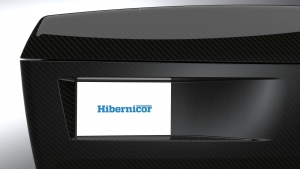As a medical student at the University of Minnesota, I was fortunate to have been in an innovative environment were new discoveries were a daily occurrence. This was inside the former cardiovascular and thoracic surgical laboratories where C. Walton Lillehei pioneered open heart surgery and used the first external pacemaker designed by Earl Bakken.
In 1998, I was awarded the Howard Burchell Medical Student Scholarship by the American Heart Association to build a heart preservation device. This was the first step in a long journey of development and discovery that touched many hearts and minds at the University.
After returning back to Minnesota from 2 years of surgery residency, I remember being in a 3rd floor office in the Dwan-Variety Club Cardiovascular Research building trying to figure out how to perfuse a heart in a rigid container without it overflowing inside an MRI. For that time, I’m most thankful to have had wonderful support from Dick Bianco who provided an academic environment of discovery inside the Experimental Surgical Services and who also let me grow as a person. His lifelong mission work to test new medical devices in preclinical animal models while at the same time providing student outreach has changed the landscape of medical device development.
In 2002, the University of Minnesota allowed me to transfer the heart preservation device technology to a start-up company called Hibernicor and since then, the device has slowly matured to what it is today. The Asporto device has now molted from an off-the shelf cooler and has taken on a carbon fiber shell. This new shell, built by an American aerospace manufacturer, is lightweight and durable thus allowing the safe transport of donor hearts all over the world.
Article written by: Andrew L. Rivard, MD, MS

